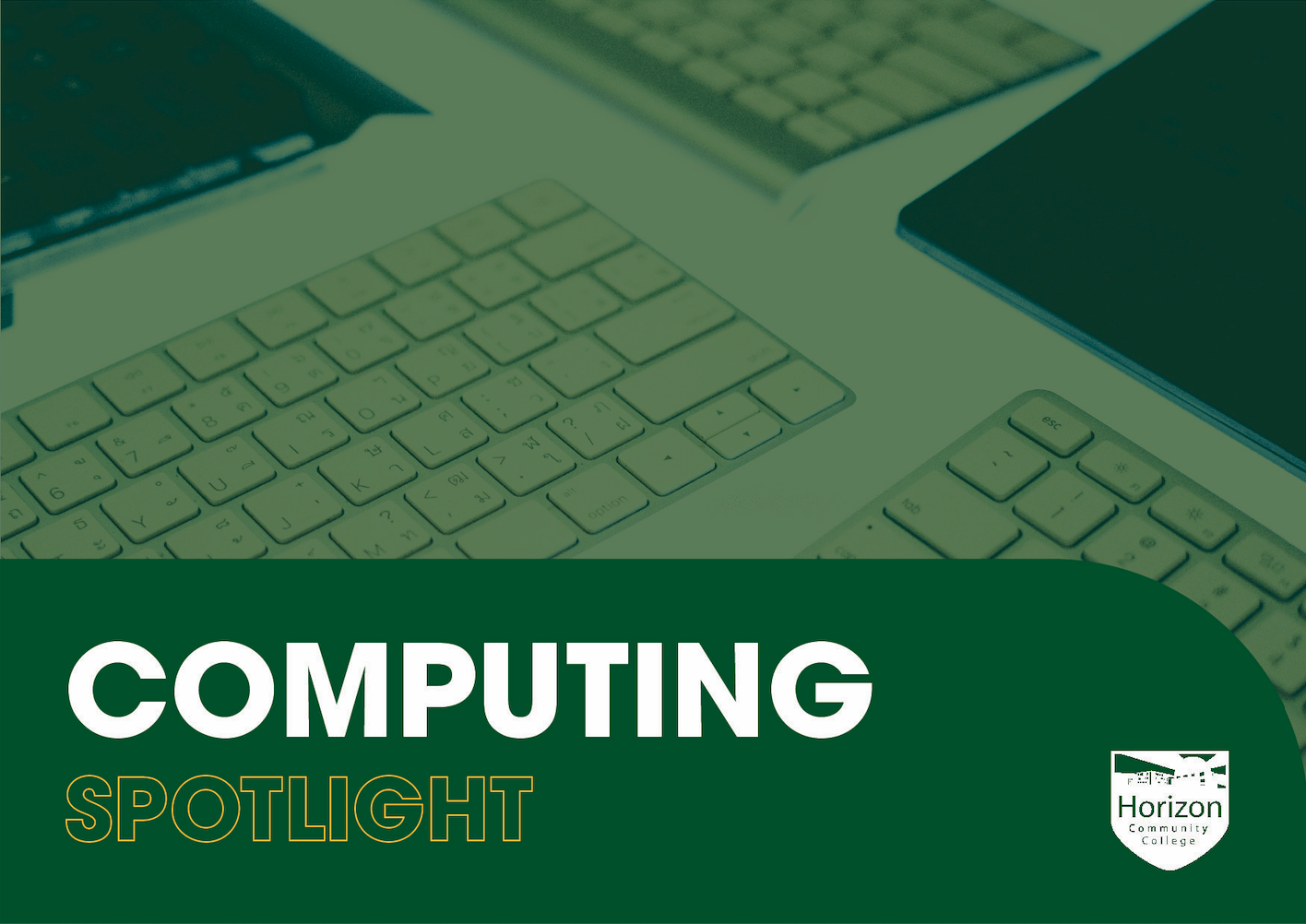CURRICULUM
Computing
Computing Curriculum Intent
Computing enables students to become digital citizens. They develop the knowledge and skills needed to successfully use emerging technologies to participate fully in modern society.
Click here to see where Computing can take you
KEY STRANDS
Communication
Through out the curriculum students constantly consider what is the best way to communicate the data/information they are handling. They need to ensure they are always using the best method for the audience and purpose of the project being completed.
Students will process given data, model it to be able to inform decision making. Transform data into a useable format. Process the data into a report. This will enable students to apply their analytic and problem-solving skills.
Data Analysis
Data Representation
Design
Logical thinking
Students will understand several key algorithms that reflect computational thinking [for example, ones for sorting and searching]; use logical reasoning to compare the utility of alternative algorithms for the same problem.
Students will use 2 or more programming languages, at least one of which is textual, to solve a variety of computational problems; make appropriate use of data structures [for example, lists, tables or arrays]; design and develop modular programs that use procedures or functions.
Students will understand several key algorithms that reflect computational thinking [for example, ones for sorting and searching]; use logical reasoning to compare the utility of alternative algorithms for the same problem.
Students will use 2 or more programming languages, at least one of which is textual, to solve a variety of computational problems; make appropriate use of data structures [for example, lists, tables or arrays]; design and develop modular programs that use procedures or functions.
